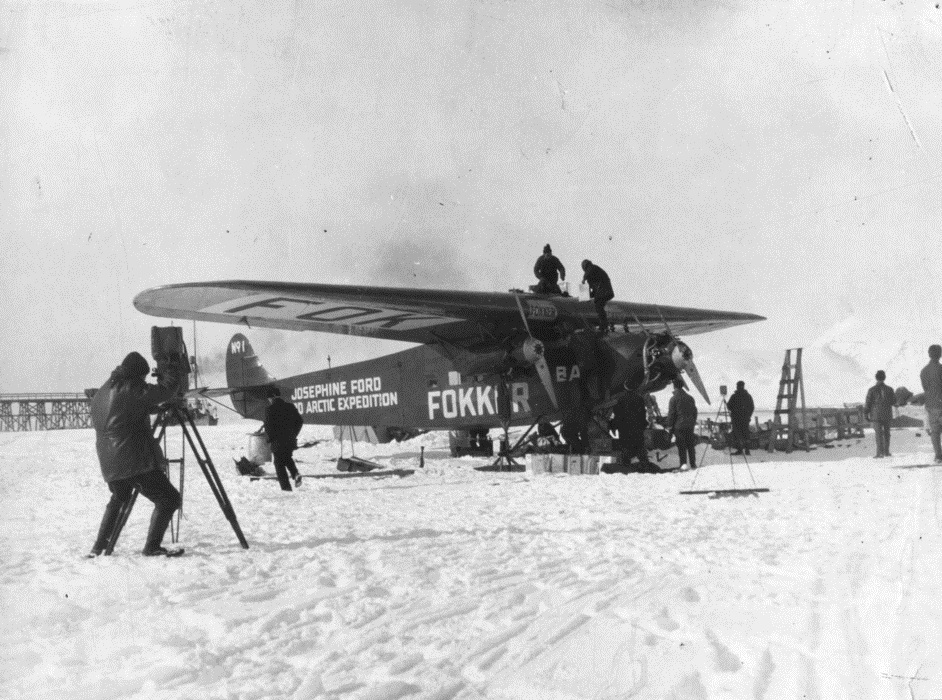
9 May 1926: Lieutenant Commander Richard Evelyn Byrd, Jr., and Chief Aviation Pilot Floyd Bennett, United States Navy, departed Spitzbergen in the Svalbard Archipelago, Norway, on a round-trip flight to the North Pole.
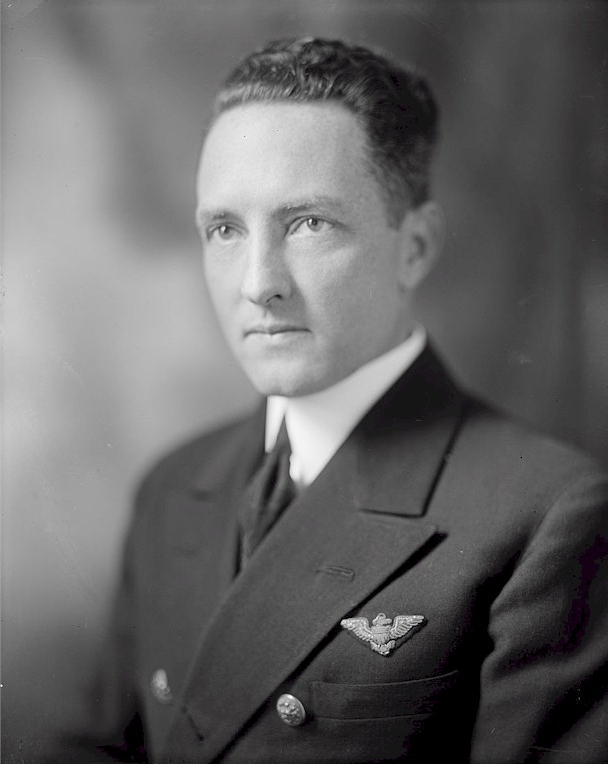
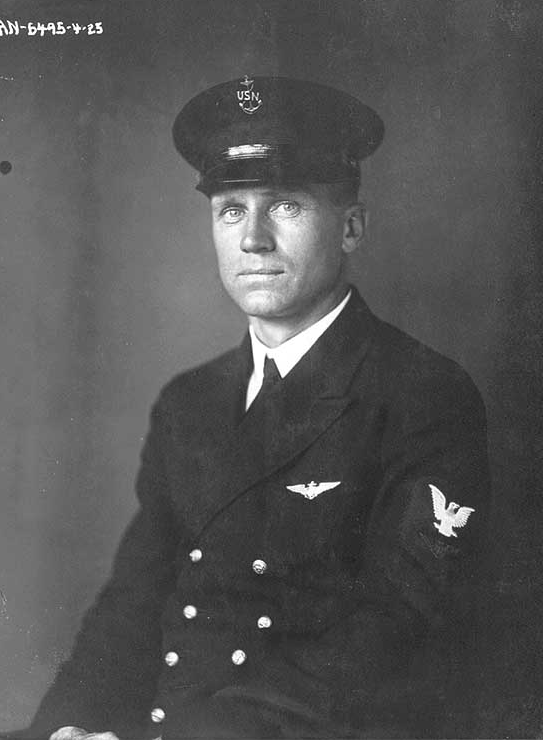
Their aircraft was a Fokker F.VIIa/3m three-engine, high-wing monoplane, construction number 600. The airplane was It was purchased for the Byrd Arctic Expedition by Edsel Ford, and named Josephine Ford in honor of his 3-year-old daughter, Josephine Clay Ford.
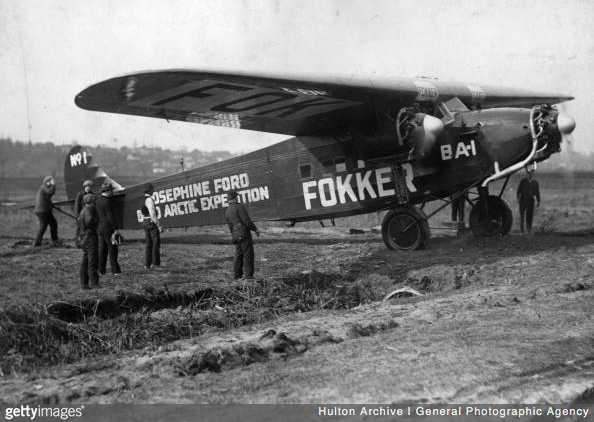
With Chief Bennett as the expedition’s pilot and Lieutenant Commander Byrd navigating, they flew approximately 840 miles (1,350 kilometers) to the Pole and returned the same day. The total duration of the flight was 15 hours, 44 minutes.
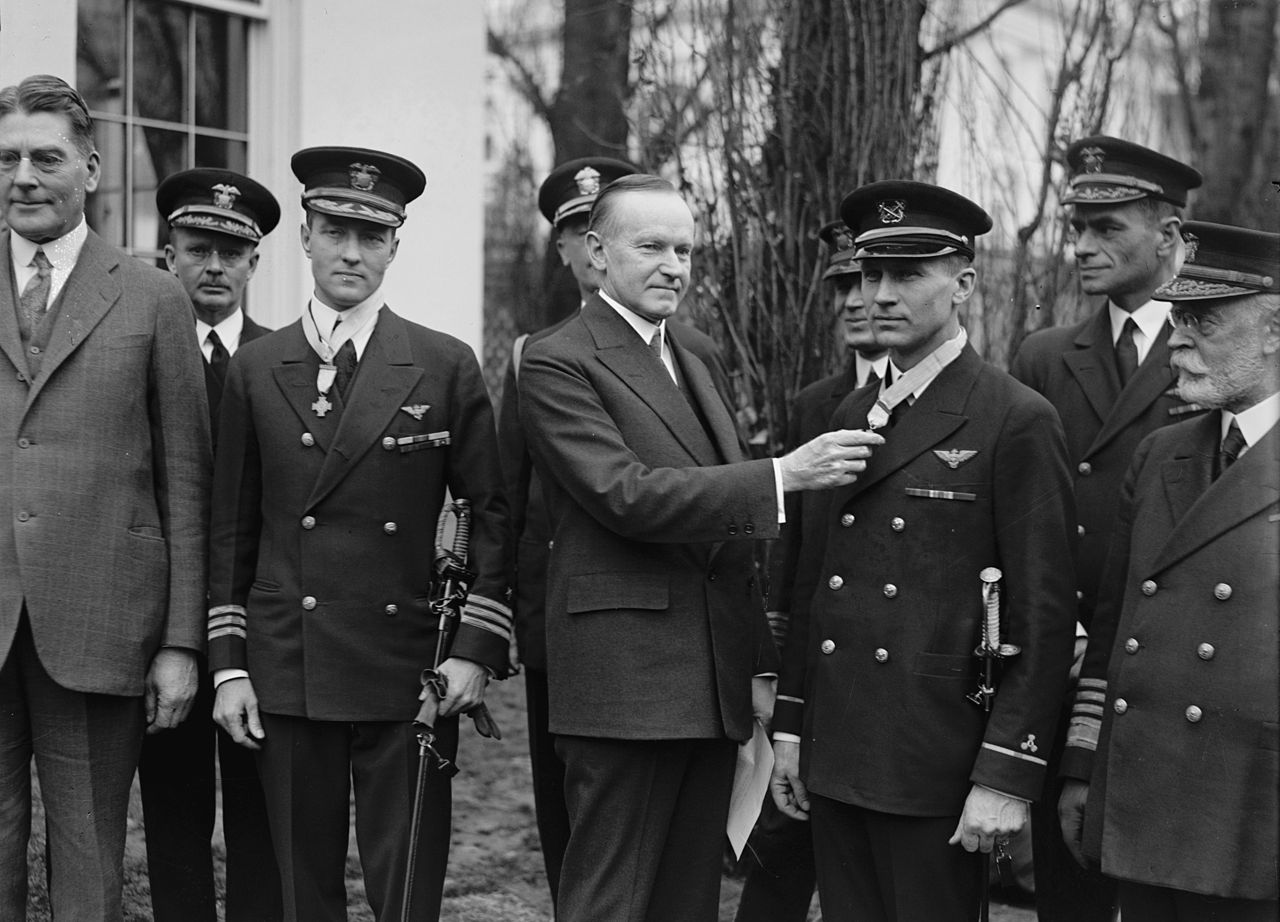
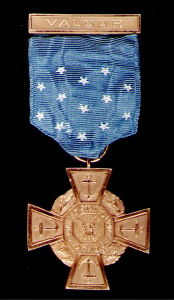
For this accomplishment, Lieutenant Commander Byrd was promoted to Commander, and Chief Bennett to Warrant Officer. Both aviators were awarded the Medal of Honor by President Coolidge.
In the years since this event, there has been speculation that the airplane may not have actually reached the North Pole. Professor Gerald Newsom of Ohio State University, an astronomer who taught celestial navigation, analyzed Byrd’s handwritten notes and estimated that because of the inadequacies of the equipment then available to Byrd, Josephine Ford may have flown 21 miles (33.8 kilometers) beyond the North Pole, or fallen 78 miles (125.5 kilometers) short. Professor Newsom pointed out, though, that the fact the Byrd was able to return to Svalbard after nearly 16 hours proves that he knew how to navigate using that equipment under those conditions.
(See https://web.archive.org/web/20161216185546/http://researchnews.osu.edu/archive/byrdnorth.htm for additional information.)
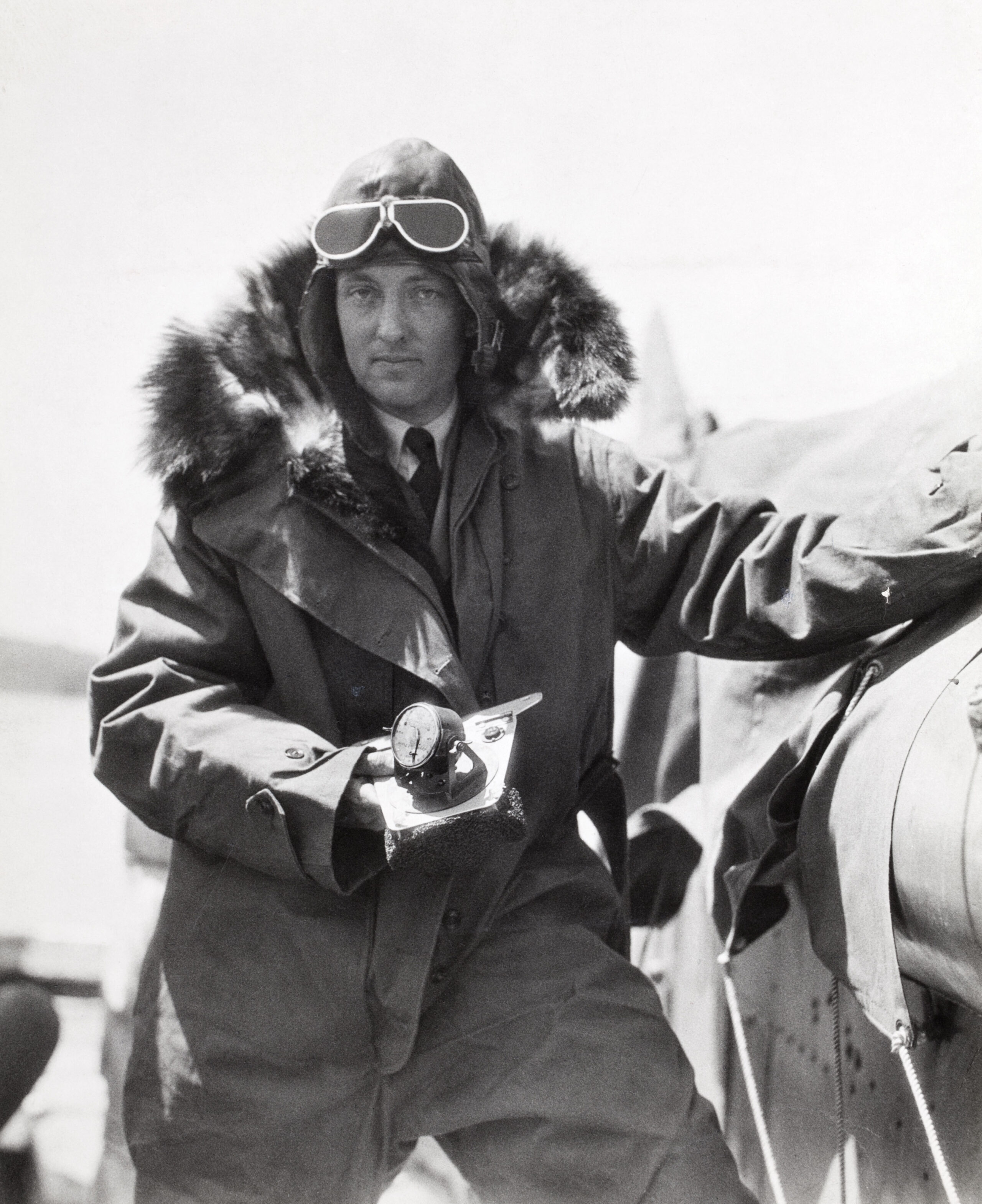
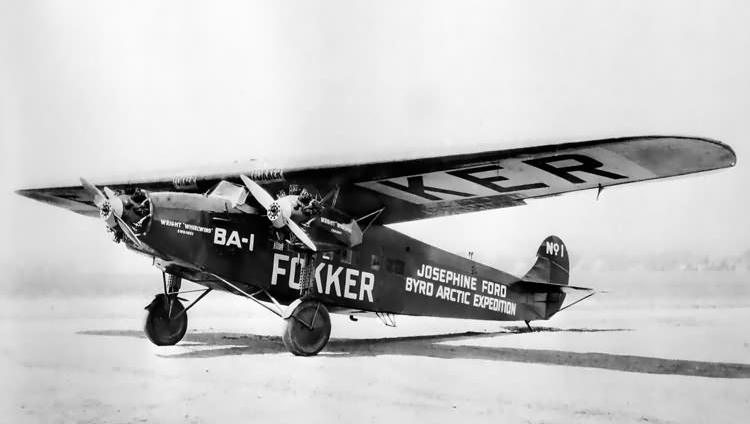
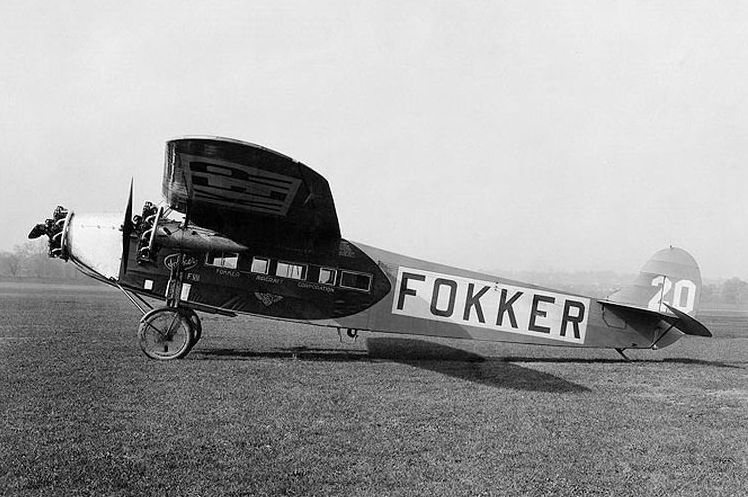
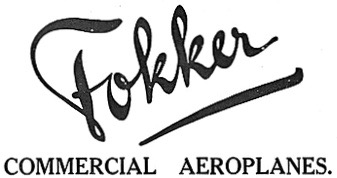
The United States did not register aircraft prior to 1927. According to the Federal Aviation Administration’s Registry data base, FOKKER VII (TRI-MOTOR) Serial Number 600 was registered 21 June 1927 to the Ford Motor Company, Dearborn, Michigan, as NC267. The registration was cancelled 14 March 1930.

Sources vary as to the actual dimensions of the Fokker F.VIIa/3m. The Henry Ford, the museum which owns the airplane, gives its dimensions as 49.167 feet (14.986 meters) in length, with a wingspan of 63.5 feet (19.355 meters) and height of 12.75 feet (3.886 meters). Another source says that the airplane is 47 feet, 11 inches (14.605 meters) long with a wingspan of 63 feet, 4 inches (19.304 meters) and height of 12 feet, 8 inches (3.861 meters). Its empty weight is variously given as 4,630 pounds, 5,060 pounds or 6,724 pounds and maximum takeoff weight is 7,950 pounds, 8,800 pounds or 11,464 pounds. It has a cruise speed of 81 knots. Or 90. . . .
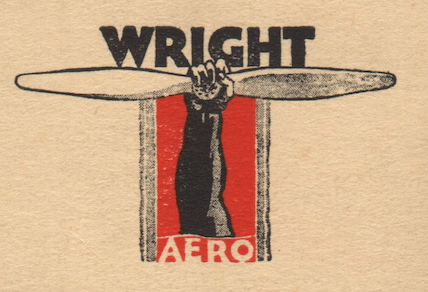
Josephine Ford is in the collection of The Henry Ford Museum, Dearborn, Michigan.
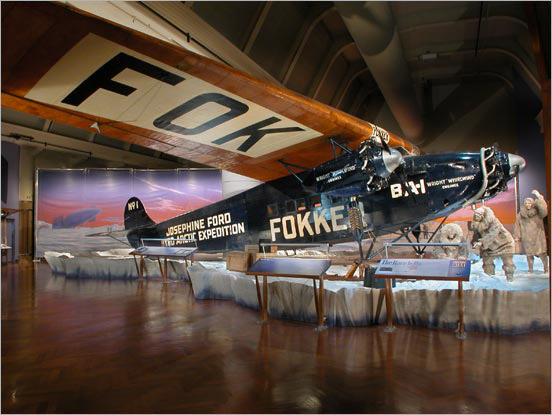
© 2019, Bryan R. Swopes